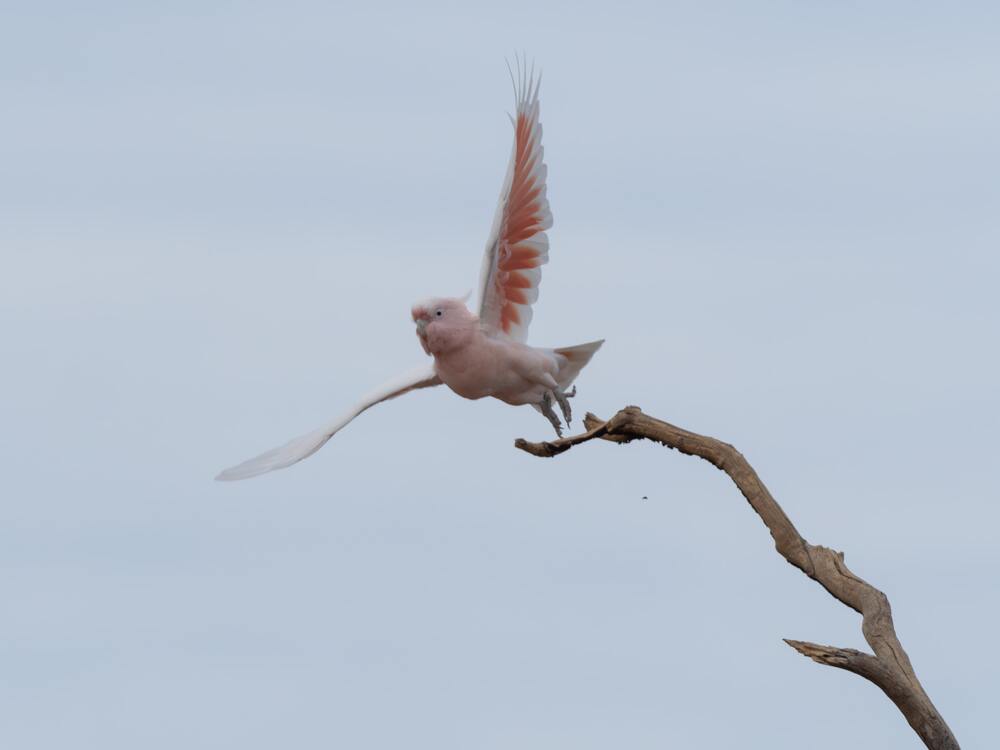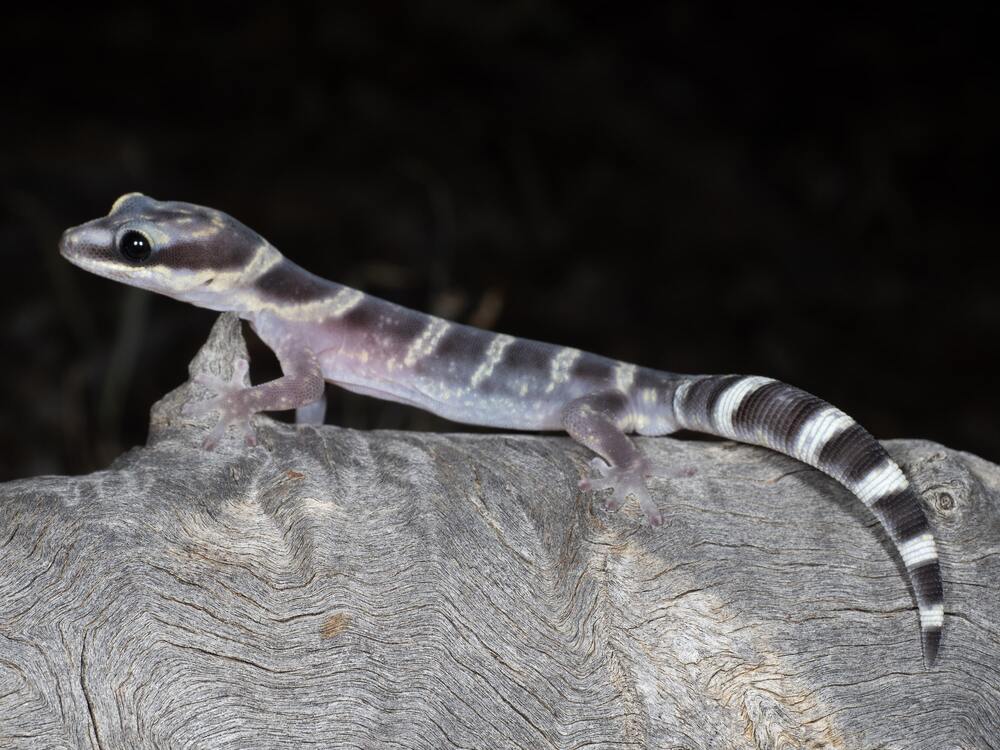Twelve threatened species found in Comeroo Station and likely more to come
Lily Plass
12 June 2024, 7:40 AM
 Eastern fat-tailed gecko Credit: Kirsten Skinner
Eastern fat-tailed gecko Credit: Kirsten Skinner Twelve threatened animal species have made a comeback at Comeroo Station.
The NSW National Parks and Wildlife Service (NPWS) believes there are more threatened species hiding in the bushes and is continuing their search for vulnerable and threatened species.
"There are likely more threatened species out there, we hope to pick up over time," an NPWS spokesperson said.
In 2023 the NSW government acquired the station to turn it into a national park.
Comero Station encompasses more than 37,000 hectares and is located 150 kilometres northwest of Bourke.
It is the traditional shared country of Budjiti, Kunja, Gurnu Baakadnji, and Muruwari people and many of their important cultural sites.
Expert ecologists conducted a ten-day survey in March 2024 to establish which animals hid in the bushes of Comeroo Station.

Pink cockatoo Credit: Alex Dudley
The survey revealed sightings of the endangered species eastern fat-tailed gecko and south-eastern robin
Ten other vulnerable species that were spotted during the survey were the brolga, Hall's babbler, grey-crowned babbler, pink cockatoo, southern whiteface, black-breasted buzzard, pied honeyeater, stripe-faced dunnart, little pied bat, and yellow-bellied sheath-tailed bat.
Whether a species is deemed endangered or vulnerable is based on its risk of extinction.
"Endangered species face a very high risk of extinction in Australia in the near future, and require urgent conservation efforts to prevent their extinction. Vulnerable species, face a high risk of extinction in NSW in the medium-term future," a NPWS spokesperson said.
"While not as critical as endangered species, they still need protection to ensure their survival."

Inland Marbled Gecko Credit: Alex Dudley
“Finding 12 threatened species within Comeroo Station is incredibly exciting and these surveys mark the crucial first step in the journey of transforming this extraordinary property into a national park, ensuring its protection for generations to come," Minister for Climate Change and Environment Penny Sharpe said.
In total, the survey counted 158 species of which were 109 bird species, 22 reptile, 13 frog, and 14 mammal species.
Up to 50,000 waterbirds live across the Yantabulla Swap which is an internationally recognised Important Bird Area stretching over 10,000 hectares at Comeroo Station.
A floral survey was also conducted to establish the spread of endangered plant species and communities such as the desert cow-vine. The results of the floral study are still being finalised and will be released soon, according to the NPWS spokesperson.



